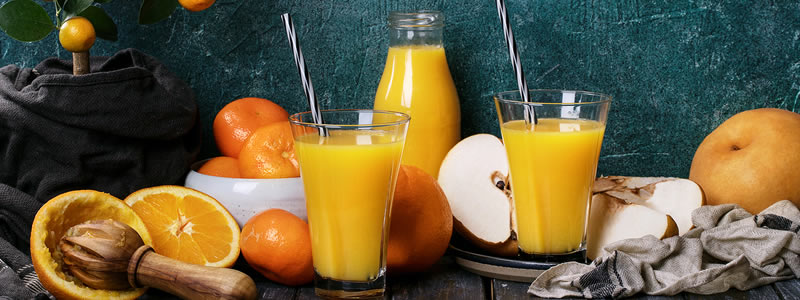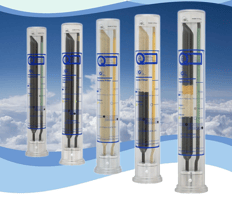Purifying solvents with a filter prior to use in chromatography is an essential step that cannot be...
Is it Orange Juice?
Orange juice is among the top ten most adulterated beverages sold to consumers. Renowned analytical chemists Drs. Jian Wang and Willis Chow from the Canadian Food Inspection Agency (CFIA) have developed a method utilizing QuEChERS extraction and UHPLC/ESI Q-Orbitrap mass spectrometry to determine what is orange juice from concentrate (FC) and not from concentrate (NFC). The determination is based on the number and concentration of citrus flavonoids in the samples and any adulterants such as Stevia extracts.

The CFIA chemists isolated and analyzed the samples for Tangeretin, Nobiletin, Hesperidin, Narirutin, and steviol aglycone (combined stevioside and rebaudioside A). 31 samples labeled orange juice and 1 sample labeled orange juice beverage were tested. 13 samples were determined as Not From Concentrate and 2 additional samples, including the orange juice beverage, were NC and contained Stevia extract.
The QuEChERS extraction used UCT product ECMSSA-MP containing 6g of magnesium sulfate anhydrous and 1.5g of sodium acetate anhydrous.
- Orange juice samples (15.0 g/sample) were weighed into individual 50 mL polypropylene centrifuge tubes.
- Then, 15 mL of acetonitrile/acetic acid (99 + 1, v/v)
- was added to each sample and mixed for 45 seconds by handshaking.
- 5 g of anhydrous sodium acetate and 6.0 g of anhydrous magnesium sulfate were added to each tube.
- The centrifuge tubes were sealed and shaken at 1500 rpm using a
- Geno/Grinder 2010 for 1 min and then centrifuged for 3 min at 3000 rpm (∼2100g).
- Two hundred μL of each sample extract and 200 μL of solvent buffer (0.1 M ammonium acetate) were transferred into individual vials.
- The vials were sealed, vortexed for 30 seconds, and pressed to filter the solution.
- Sample extracts were then ready for UHPLC/ESI Q-Orbitrap injection.
For more information, please visit the Full Paper Here.
Jian Wang and Willis Chow
ACS Food Science & Technology 2023 3 (4), 729-737
DOI: 10.1021/acsfoodscitech.2c00438



